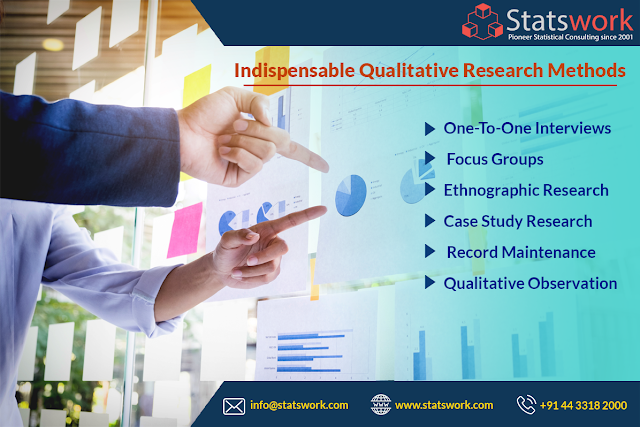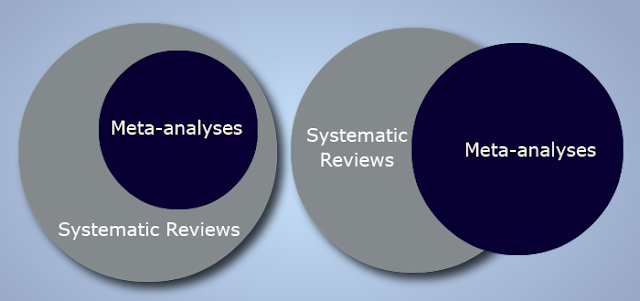Indispensable Qualitative Research Methods

In this blog, statisticians from Statswork, a qualitative research methodology services firm offers lessons on methods used in qualitative methodology research analysis . Frequently used qualitative research methods include the following: One-To-One Interviews Focus Groups Ethnographic Research Case Study Research Record Maintenance Qualitative Observation Read More: http://statswork.com/blog/indispensable-qualitative-research-methods/ United Kingdom: +44-1143520021 India: +91-8754446690 Email: info@statswork.com Visit: http://www.statswork.com/






